
9 minute read
IONA SKELETON COAST Africa's newest Transfrontier Park
Skeleton Coast: Iona

Africa’s newest Transfrontier Park and Namibia’s third, straddles Namibia and Angola
It’s rough and it’s wild
Both Skeleton Coast National Park in Namibia and Iona National Park in Angola are true wilderness areas: remote, pristine, with a very low human population density. The name Skeleton Coast refers as much to the many whale and seal bones, as it bears witness to the difficult conditions for human survival in the desert, especially for survivors of the numerous ships that sank along the treacherous coast. The wilderness of the new Transfrontier Park is appealing for ecotourism, but goes hand in hand with difficult accessibility. Road infrastructure is limited and can only be negotiated with four-wheel drive vehicles. Camping infrastructure is limited as well. Travellers need to take their own fuel, food and water along. In the Skeleton Coast there are only two places where camping is allowed and both are in the south of the Park. Iona, Angola’s oldest and largest national park, has four basic camping sites that were recently erected by the European Union. The two parks are not connected by roads, as there are no bridges across the Kunene River which forms the border between Namibia and Angola. The closest bridge is at Ruacana, about 300 km upstream of the Kunene River Mouth. Crossing the river by boat is complicated by the aggressive crocodile population. To realise the tourism potential, there is much investment needed in a range of infrastructure, including campsites and other accommodation, improvement of cross-border access and a way around the elaborate customs requirements.
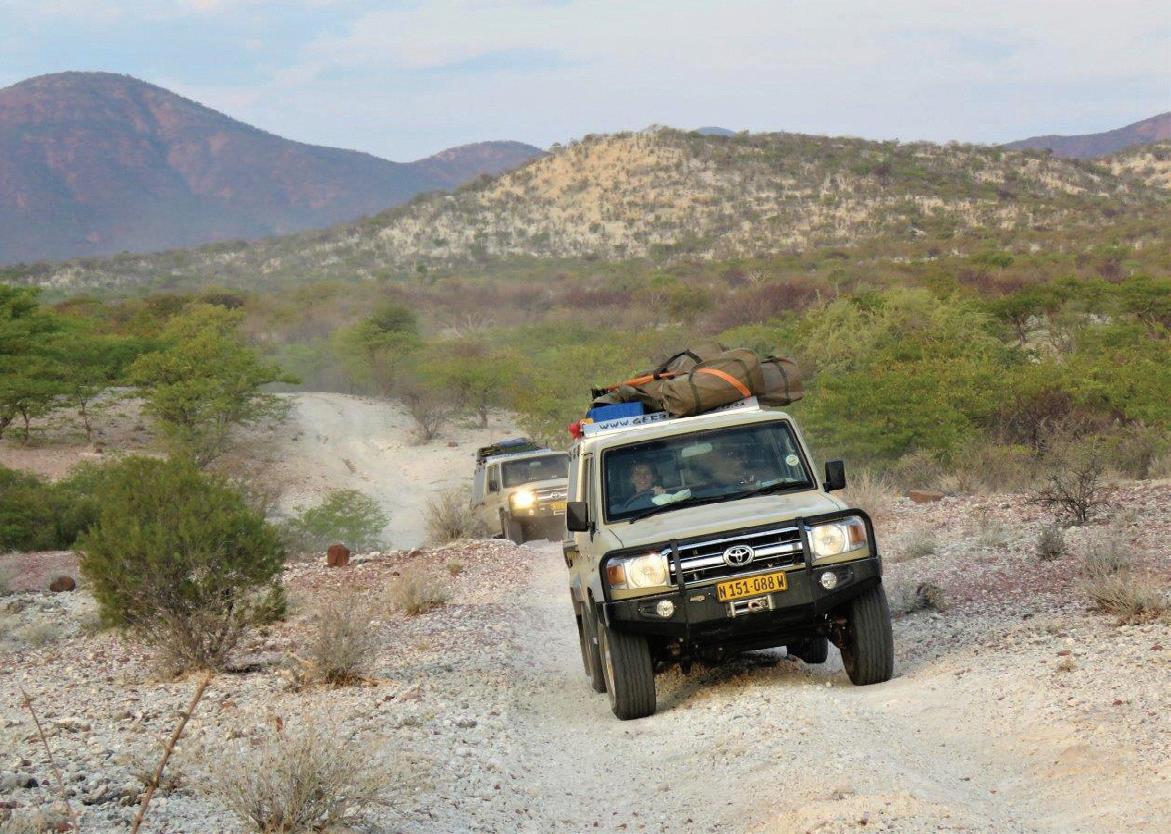
Terrain conditions are rough in Iona National Park
28 Iona Skeleton Coast (SCIONA) became southern Africa’s newest Transfrontier Conservation Area (TFCA) in May 2018. The Park, located in the northern Namib Desert of Namibia and Angola, covers an area about the size of Belgium (31,500 km 2 ). TFCAs connect protected areas across international borders and are collaboratively managed. The largest TFCA in the world is Kavango-Zambezi (KAZA) in Angola, Zambia, Zimbabwe, Botswana and Namibia. Recognising the potential of these natural and cultural assets to protect ecosystems and drive environmentally sound human development, the SADC member countries have put into place a legal framework that guides management and optimises sustainable returns. There are now eight TFCAs in the SADC region, of which three are shared by Namibia.

Wessel Swanepoel Tertius Knoetze

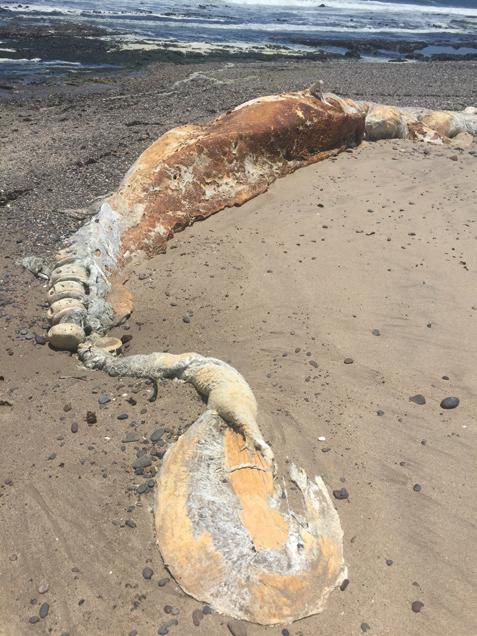
Beached whale in Skeleton Coast National Park
The Kunene River near Otjinungwa, the natural border between Angola and Namibia
When scientists say that a species is endemic to an area they mean that it occurs only there and nowhere else on earth. Because endemic species are more vulnerable to environmental change – they simply have fewer places to escape to when threats appear – an area with a high number of endemic species is usually very important for conservation. Containing a large part of the Kaokoveld Centre of Endemism, the Iona Skeleton Coast Transfrontier Park is such an area. It is also characterised by high species diversity and many super-endemics – species occurring only in the park. Endemism is especially high in the mountainous areas and the transition zone from desert to semidesert where the coastal fog still has an influence. Kaokoveld endemic species include the desert plated lizard, the near-threatened Damara tern and Euphorbia rimireptans, a species discovered only in 2018 as part of the SCIONA project. Welwitschia mirabilis, the Namib icon (and national symbol of Namibia), occurs in the park as a near-endemic of the Namib Desert. The lichen fields and dune hummocks along the coast form a fragile ecosystem easily damaged by off-road driving.
The desert-adapted game in the park include springbok, ostrich and Hartmann’s mountain zebra. They are especially found near natural springs or along the ephemeral rivers, linear oases that run through the desert from east to west. Historically there were more species and larger populations in the parks. Populations plummeted during the liberation struggle in Namibia and the civil war in Angola. Heavy poaching during these periods caused the disappearance of elephant, rhino and giraffe from Iona and the northern parts of the
Skeleton Coast. Place names referring to these majestic animals and rhino rubbing stones are all that remain. The endemic black-faced impala used to occur along the Kunene River but is now restricted to Etosha and the southern Kunene Region in Namibia.
Jackal and brown hyena are found in most parts of the park, as well as small numbers of cheetah and leopard, while desert-adapted lion prey on seals along the Skeleton Coast. Poaching still continues and carnivores are often poisoned. The few rangers operating from Möwe Bay for Skeleton Coast National Park and from Espinheira for Iona are ill equipped to deal with poachers. They only have a few, not wellmaintained cars at their disposal and lack sufficient means of communication, especially as there is no mobile phone network.
We expect that large mammals will migrate from north-western Namibia, where populations were increasing until the drought of the last few years, to Iona National Park. Since the Transfrontier Park has no human barriers, animals can roam freely. The Namibian government aims to re-establish the historic migration patterns that allow wildlife to cope with the highly variable climatic conditions. Support of the local population will be required to realise this, especially to battle poaching. Semi-nomadic Himba, Curoca and other communities live in the east of Iona National Park, while Himba and Zemba communities live east of the Skeleton Coast. Local communities in Namibia are already taking ownership of their wildlife through the conservancy system. The success of the
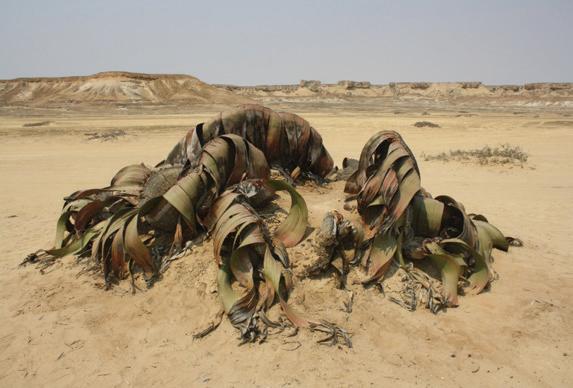

Vera de Cauwer
Vera de Cauwer
Giant Welwitschia just north of Iona National Park Rhino rubbing stone in Iona National Park
SCIONA SCIONA is a project implemented by the Namibian University of Science and Technology (NUST) providing support towards realising Iona Skeleton Coast Transfrontier Park and aiming to address some of the large knowledge gaps for the area. Conservation technologies such as apps, camera traps and satellite tagging, are designed in cooperation with the local communities that live in Iona and east of Skeleton Coast Park and with support of the Angolan and Namibian ministries. The project is implemented in partnership with ISCED - Huíla and with funding from the European Union. More information at: sciona.nust.na
Exploring the terrain with local community members in Iona National Park
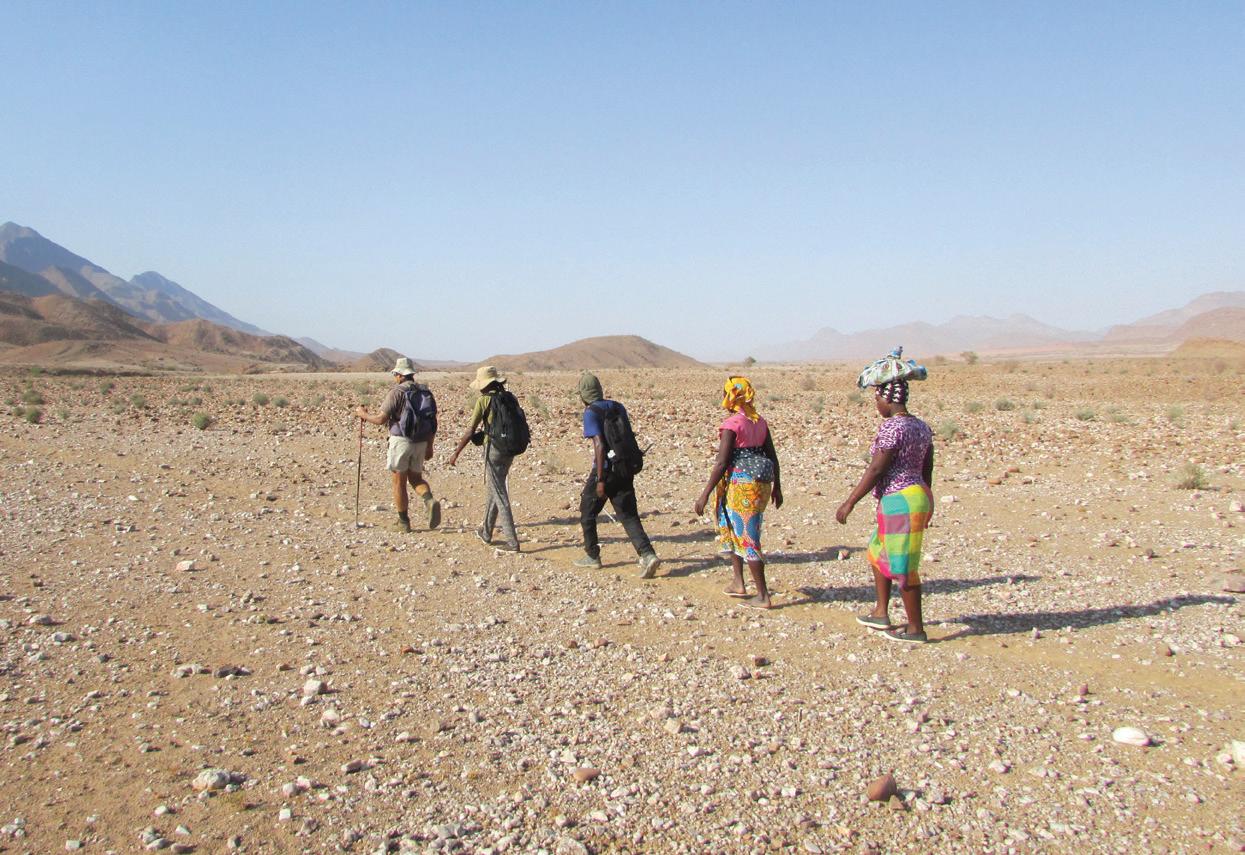
conservancy system is based on the potential to generate income from the sustainable management of resources, for example by renting concessions to lodges, selling quotas for trophy hunting, or collecting natural resources such as the wild myrrh. It provides the communities with strong incentives to protect these areas from the many threats they face.
Unfortunately the communities have seen little benefit from their proximity to the Transfrontier Park. The current drought affects the Himba’s livestock grazing patterns and increases humanwildlife conflicts, especially between carnivores and livestock. Tourism may offer an alternative income for the local population but it is currently very restricted with fewer than 2000 visitors per year, and these are mainly anglers attracted to the cold Atlantic Ocean. Even though the tourism sector is better developed in Namibia, there are relatively few permits issued annually to enter Skeleton Coast Park. Permits are mainly requested by shore anglers visiting Torra and Terrace Bay.
The area does, however, offer many potential tourist attractions other than angling. The spectacular scenery, the fairy circles, cultural tourism, the Pediva hot springs, the Kunene River which forms an oasis in the arid landscape and ends in a wetland hosting pelicans, thousands of migrant birds and two tortoise species (amongst others), are tourism destinations or attractions waiting to be developed. Local communities have expressed interest to diversify their income, including through tourism. It will, however, take time to obtain the necessary institutional support and to learn how to deal with tourists and their different cultural backgrounds. The fact that tourists rely on a monetary economy is an obstacle to income generation as local communities mainly rely on bartering, especially in Iona.
Many challenges thus have to be overcome before the Transfrontier Park can become a premier tourist destination, while at the same time serving transboundary conservation purposes and accommodating the local population. The SCIONA project is now playing an important catalyst role in this. The most important challenges will be outlined in the integrated development plan that is compiled by the Namibian and Angolan governments, with assistance by the project. The plan, which includes an evidence-based ecosystem management plan, will provide strategic guidance for realisation of the Transfrontier Park and serve as a tool to attract funding to address further challenges. These developments are testimony to the commitment and interest shown by the Namibian and Angolan governments and local communities to succeed in making Iona Skeleton Coast Transfrontier Park a model for socio-economic development based on the conservation of biodiversity. TNN
Immerse yourself in the wilds of Namibia with our selection of epic adventures and activities. Hiking, biking, birding, rhino tracking and so much more. Create your active journey and lasting memories with us.




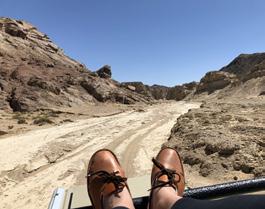
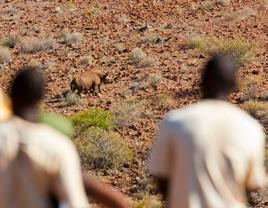
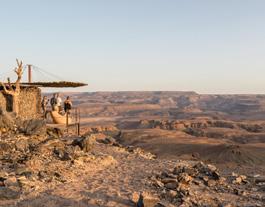
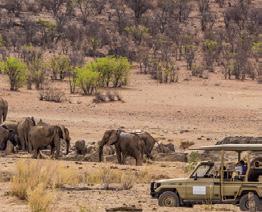


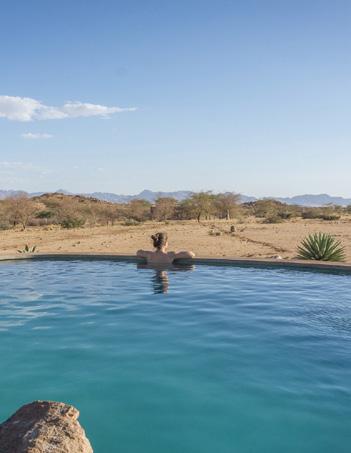
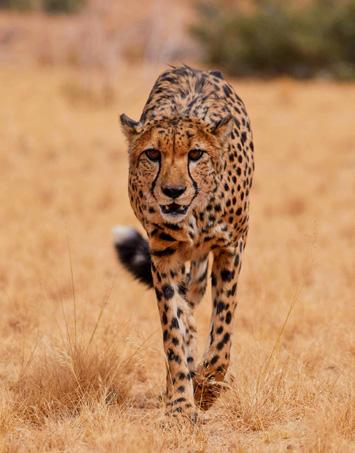
Historic Solitaire, at the edge of the Namib-Naukluft National Park, has something for everyone. Delicious food and wine, fresh pizza, draft beer, and our famous apple pie. A General Dealer, petrol and tyre repair will get you sorted.
Stay-overs include popular Solitaire Lodge and secluded Solitaire Desert Farm. Take a guided scenic drive, or relax by the pool. Enjoy our desert vistas and free-roaming wildlife habitat on foot, by fat bike or from a hot air balloon.


Open Space for Wildlife bordering Namib-Naukluft National Park


Visit historic Solitaire in the heart of the 18,000ha Solitaire Land Trust - Lodging, Food, Activities & Services
Book online at: www. solitairenamibia.com










